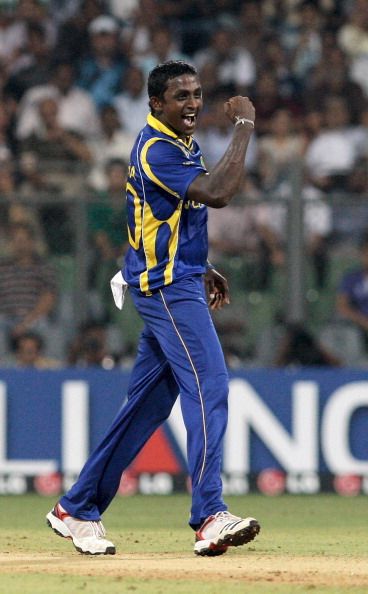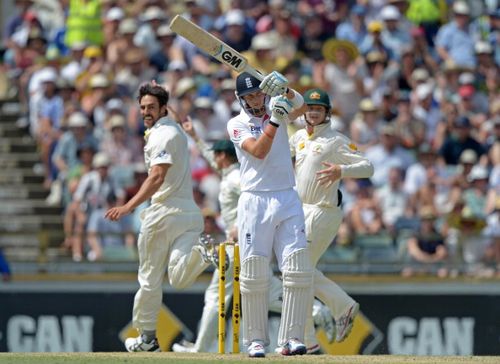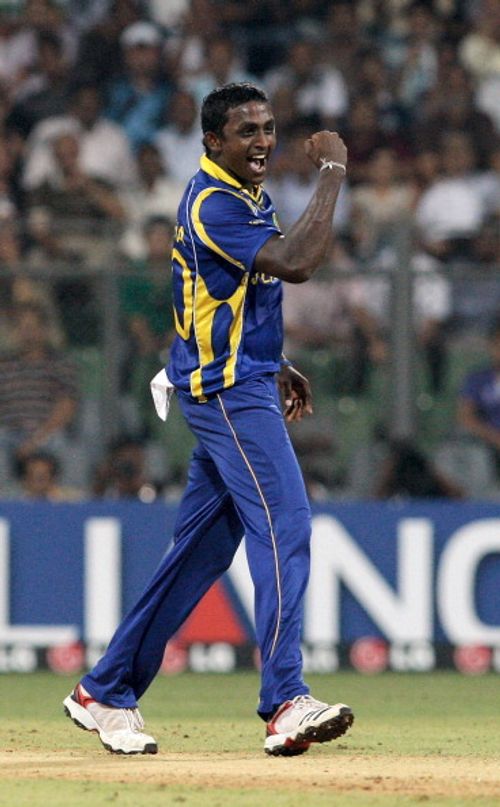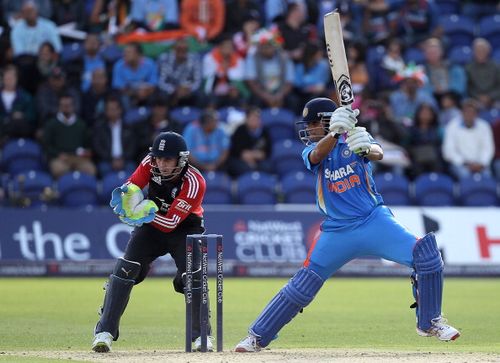
Cricket needs DRS but some changes required in the review system

DRS is a necessity
Had South Africa lost the first Test in the just concluded series, BCCI’s detractors would have come out in full force and would have slammed them for their refusal to use the Decision Review System.
Kallis was given out despite inside edging the ball on to his pad. Similarly, on the final day of the second Test Kohli was given out caught behind despite his bat not touching the ball. Both these decisions would have been turned over had the DRS been in place. That is the sole purpose of the DRS. It is supposed to remove the howlers which at times can change the entire outcome of the match.
The BCCI’s decision to not use DRS for the bilateral series involving India was welcomed with jeers from all quarters. But some controversial decisions over the last few months including the ones that marred the Ashes in England highlighted some of the issues surrounding the system.
India’s Trial with DRS
Of all the teams in International Cricket, India has been on the receiving end of the decisions involving DRS and most of them have been controversial. India was the first team to use DRS alongside Sri Lanka in the Test series in 2008 and immediately they decided not to use it in the future after some controversial decisions.

Mendis alongside the DRS tormented India in the 2008 Test series in Sri Lanka.
In 2011, the ICC made it mandatory for all teams to use the DRS and India had to start using it again during the disastrous English tour in 2011. Once again, there were questionable calls and at one point of time, DRS was referred to as ‘Dravid Removal System’ by the media since the Indian batsman was at the receiving end on most of the occasions. This prompted the Indian board to boycott DRS once again and till now it hasn’t been used in a bilateral series featuring Team India.
The BCCI has constantly maintained that the DRS is not 100% foolproof and would have the on field umpires make the mistakes rather than technology. Indian Captain MS Dhoni and Sachin Tendulkar have expressed their concerns regarding the system, but on the other hand, Rahul Dravid and Virender Sehwag had lent their support to the DRS.
Controversial Decisions
Dravid was already involved in some controversial decisions in the 2008 Test series in Sri Lanka and again during the 2011 Test series in England, but the biggest controversy was when he was given out in the first ODI of that English tour. He was given not out initially for a caught behind appeal which was challenged by the English players. Despite no mark being present on the hot spot, he was given out which caused a furore.

During India’s disastrous 2011 tour to England, the DRS was famously called the ‘Dravid Removal System’.
Jonathan Trott’s dismissal in the first Test of the Investec Ashes series made England seek clarity from the ICC. After been given not out for an lbw appeal, the decision was overturned by the third umpire despite Trott hitting the ball on to his pad. Apart from Trott, Kevin Pietersen and Usman Khawaja suffered due to dodgy DRS decisions in the series and the latest victim was Joe Root in the return Ashes in Australia.
LBW rule
If there is an area which needs some tweaking, it’s definitely the one concerning the LBW decisions. What’s tough to understand is how can there be two different decisions for the same delivery?
Scenario 1 – The ball hits the batsman in line and is given out by the umpire. The batsman reviews it and replays show that the ball is just clipping the stumps. Since it was originally given out, the decision stays as OUT.
Scenario 2 – Same as Scenario 1, but on this occasion the batsman is given not out and the fielding team asks for a review. The ball is just clipping the stumps and so the umpire’s call stands which means on this occasion the decision is NOT OUT.
Just consider these two scenarios and you will know that the delivery and the impact are the same, but still there are two different decisions which largely revolve around the umpire’s original decision.

Teams get confused with the uncertainty that prevails with the DRS when it comes to LBW decisions.
ICC needs to realize that teams can get frustrated because of this rule as the rub of the green may go anyway. That is why you need to take a stance on the benefit of the doubt that is given to the batsman. If the ball is just clipping the stumps, irrespective of what the umpire gave initially, when the decision is reviewed, it should either be OUT or NOT OUT.